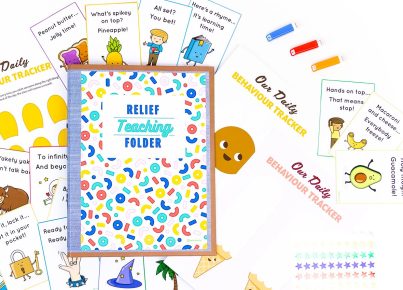Introduction
Receiving a bad substitute teacher report can feel disheartening, especially if you pride yourself on being an excellent educator. It’s important not to dismiss the situation or let it ruin your confidence. Instead, take a constructive approach and use this opportunity to learn and grow. Here are some steps you can take to address a bad sub report and turn things around for the better.
1. Reflect on the feedback
Take some time to review the substitute teacher’s feedback and consider the context in which it was given. Were you aware of any issues while you were away? Were there any special circumstances that could have led to this outcome? This reflection will help you determine if there’s a pattern in your classroom management or teaching practices that requires attention.
2. Communicate with the substitute teacher
If possible, contact the substitute teacher who wrote the report to gain more insights about their experience in your classroom. Ask them specific questions about their concerns or challenges, and listen to their perspective without becoming defensive. This may help you identify where improvements can be made.
3. Address student-related issues
If the sub report mentions disruptive students or behavioral problems, have a conversation with these individuals when you return to class. Discuss expectations and consequences, ensuring they understand what’s expected of them moving forward.
4. Seek guidance from colleagues or mentors
Reach out to trusted colleagues or mentors for advice on how to handle situations like this one. They may have experienced similar situations in their career and can offer valuable insights.
5. Revise lesson plans for substitutes
Revisit your lesson plans intended for substitute teachers to ensure they are clear and comprehensive. Consider adding extra details that could help subs understand your expectations better, such as individual student needs, classroom routines, and behavior management strategies.
6. Update classroom management strategies
Review your current classroom management techniques and identify areas that may require improvement. Consider implementing new rules, routines, or activities to support a more positive classroom environment.
7. Attend professional development opportunities
Invest in your professional growth by attending workshops, courses, or conferences focused on classroom management, instructional strategies, and student engagement. This will help you acquire new techniques and perspectives that can be applied to enhance your teaching practice.
8. Foster positive relationships with substitutes
Develop and maintain good relationships with substitute teachers so that they feel comfortable sharing concerns, asking questions, and providing feedback in the future. This will make it easier for them to succeed in your classroom during your absence.
Conclusion
Bad substitute teacher reports can be difficult to handle, but they also provide an excellent opportunity for reflection and growth as an educator. By staying proactive and focusing on improving your teaching practices and classroom management skills, you can turn this setback into a valuable learning experience that ultimately benefits both you and your students.





